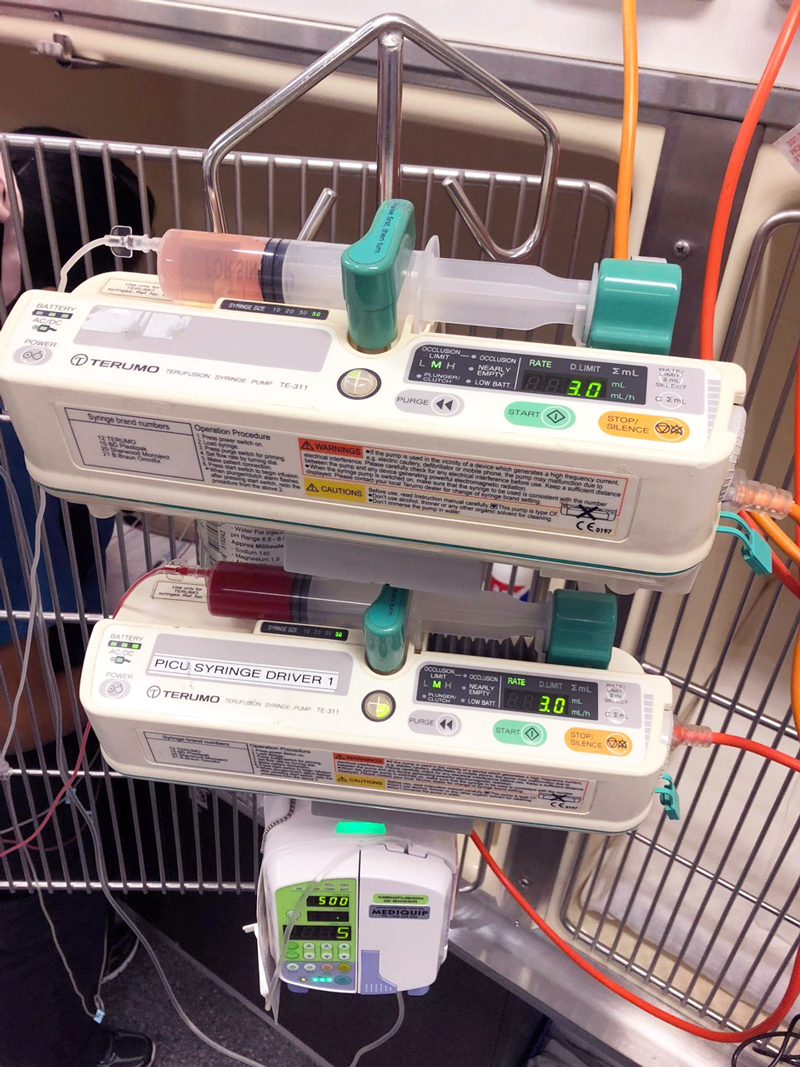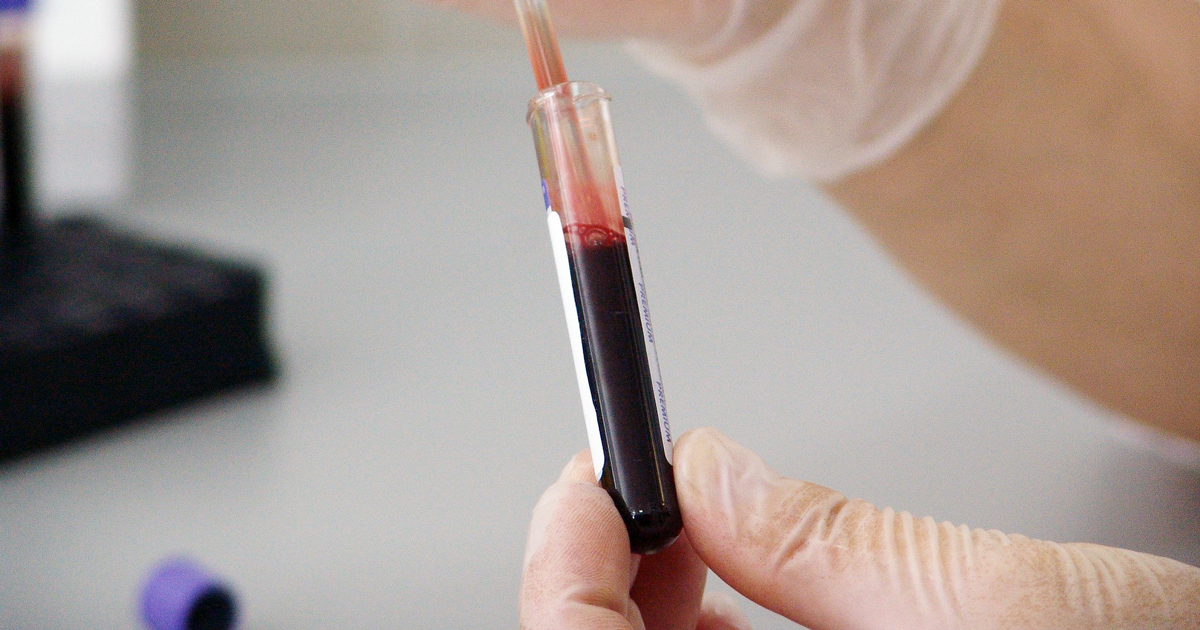Now that you know how to spot the signs of when a blood transfusion is needed and what blood product to administer, this article will focus on the volume of blood to give.
What PCV should I aim for?
 To start us off, no real benefit exists in increasing a PCV above 30%, unless you are anticipating further losses. The reason being is oxygen delivery to tissues is optimised at that level and administering more does not add significant benefit.
To start us off, no real benefit exists in increasing a PCV above 30%, unless you are anticipating further losses. The reason being is oxygen delivery to tissues is optimised at that level and administering more does not add significant benefit.
How much volume to give?
There are several formulas for determining how much red blood cells are required to be given, some more simpler and less accurate than others. As a rough guide, if increasing PCV by 1, you need 2ml/kg of whole blood or 1ml/kg of packed red blood cells.
This gives me a starting volume, I administer that volume and recheck. Often, I will have to give more, but it depends greatly on the underlying disease, concurrent fluid therapy and ongoing blood losses.
How to administer?
Use a 170µm blood filter to collect any micro clots. Often, the blood is run through with a isotonic crystalloid, if so avoid administration with calcium containing crystalloid, such as Hartmann’s or lactated Ringers, as the calcium can result in activation of platelets and clots to form in the blood; so run with 0.9% saline or Plasmalyte 148.
Packed red blood cells are usually diluted with at least 100mls of 0.9% saline. The generally rule is to administer the transfusion within 4 hours and change the fluid lines after to reduce the risk of bacterial contamination. Recheck PCV and coagulation times 30 minutes post-transfusion.
How fast?
Rate of administration really depends on degree of urgency. If the patient is suffering from acute haemorrhagic shock then you can administer blood as a bolus. The risk here is acute anaphylaxis if that patient is off a different blood type or if this is not their first transfusion.
If it is not a crisis then administration should be started off slowly so monitoring for acute reactions can be performed. Start slow at 2ml/kg/hr for 15 minutes and monitor for reactions then progressively double the rate until the desired rate is reached.

Leave a Reply